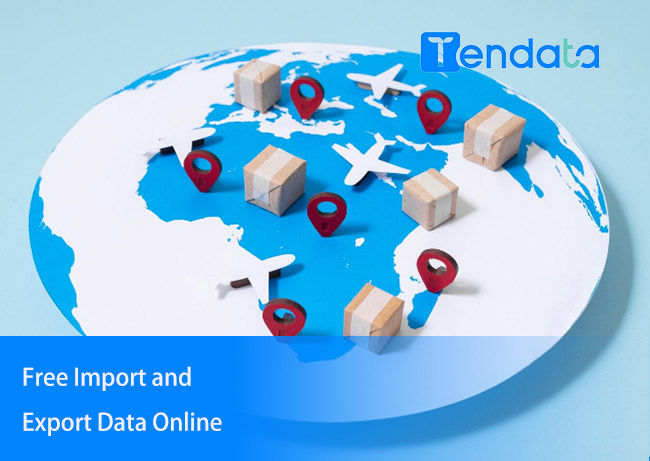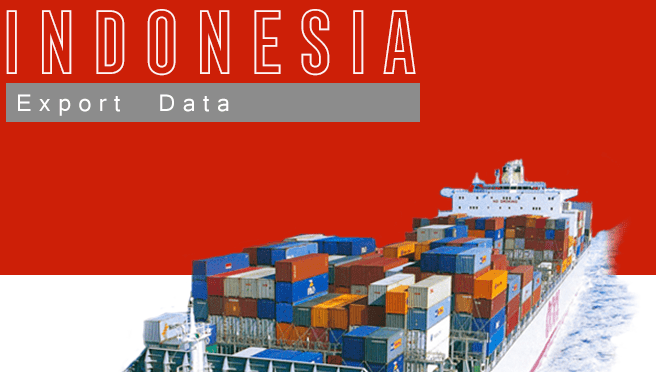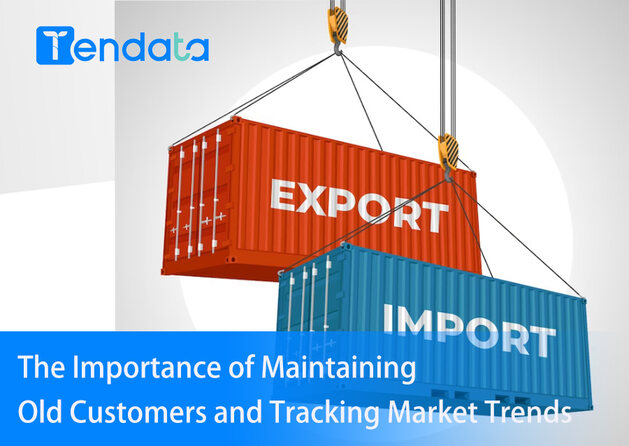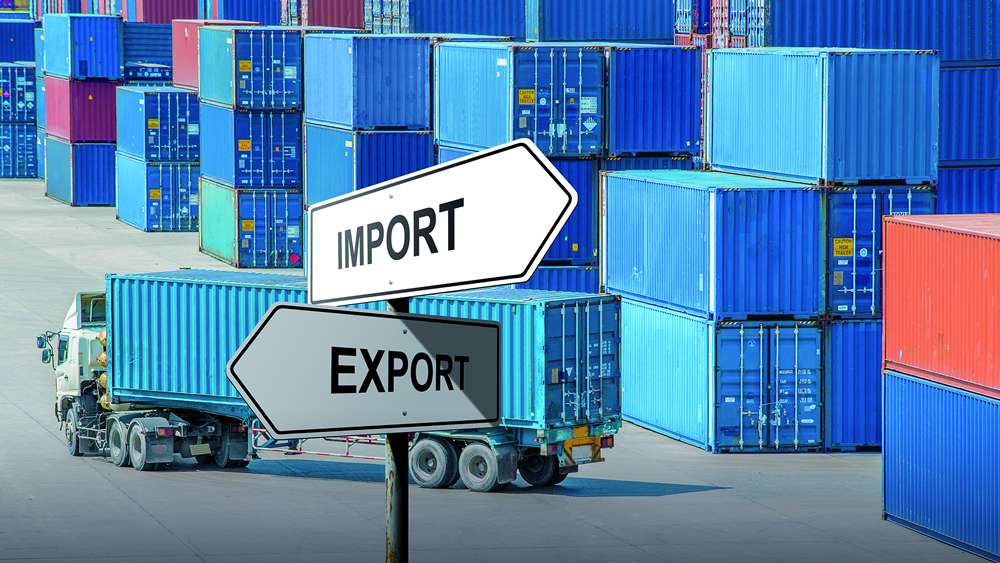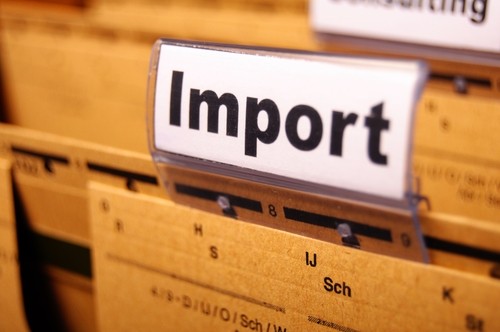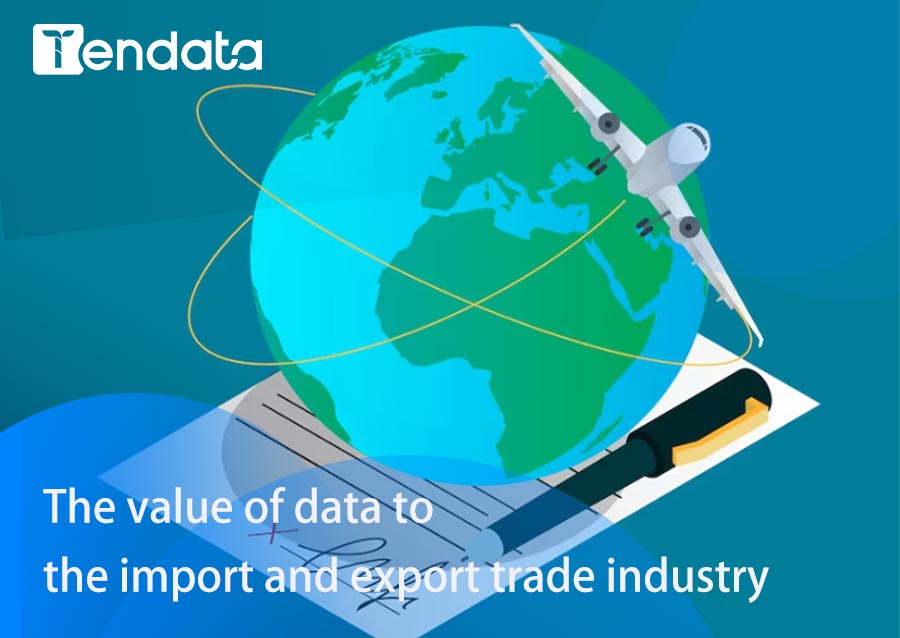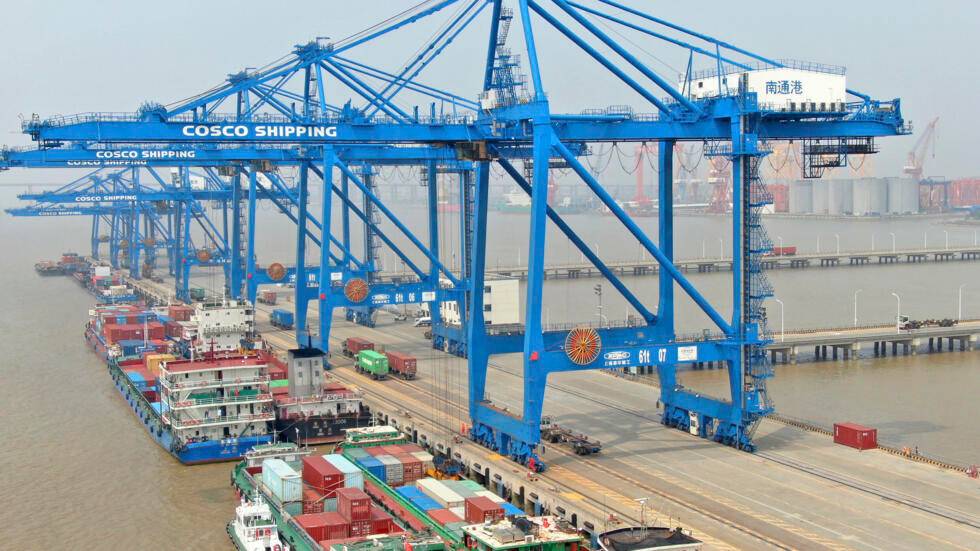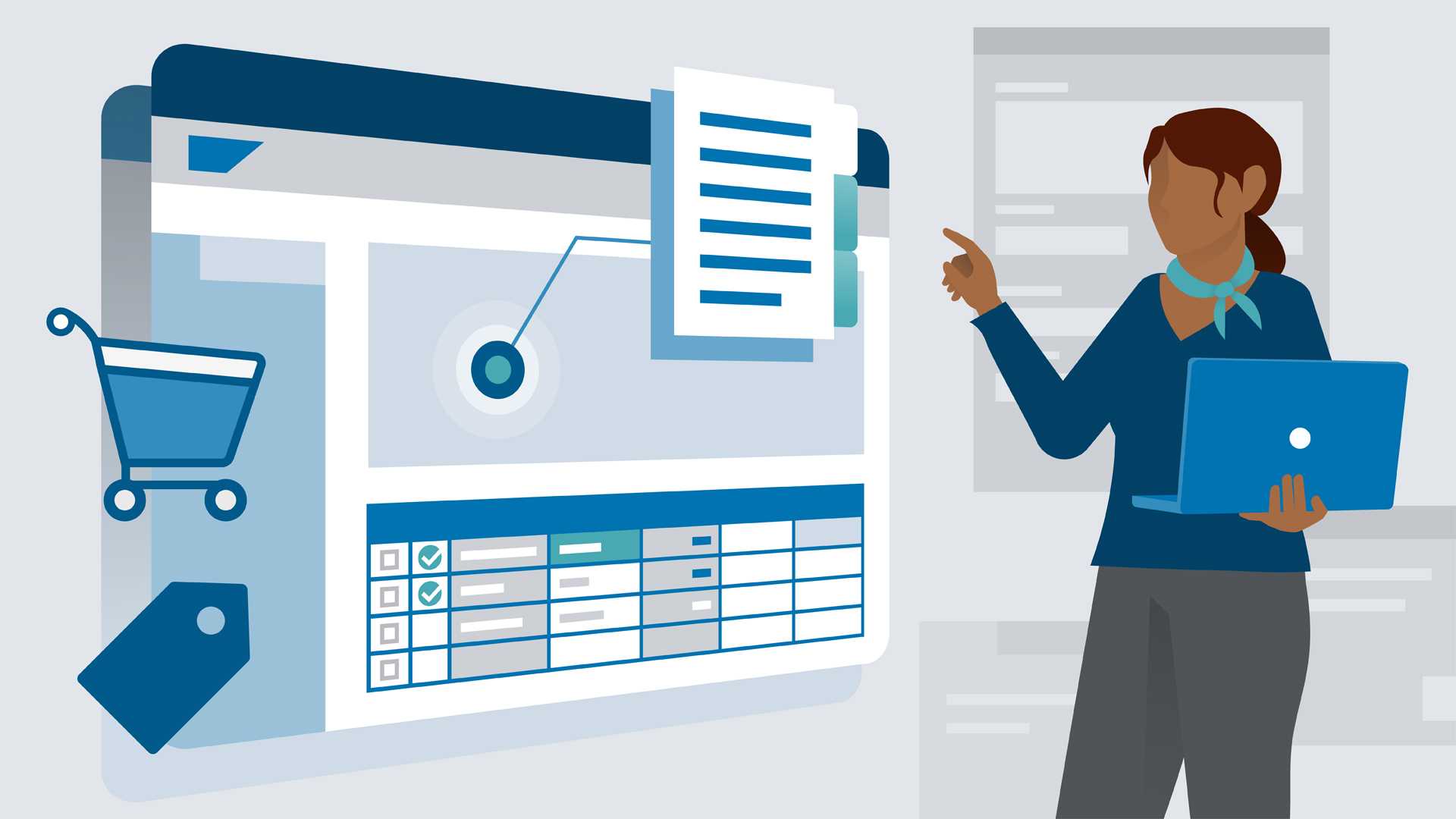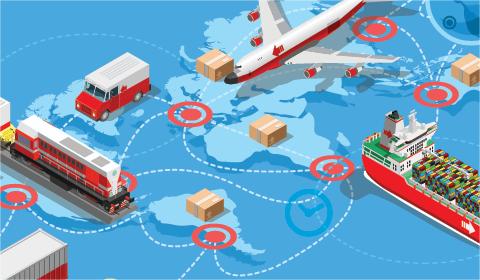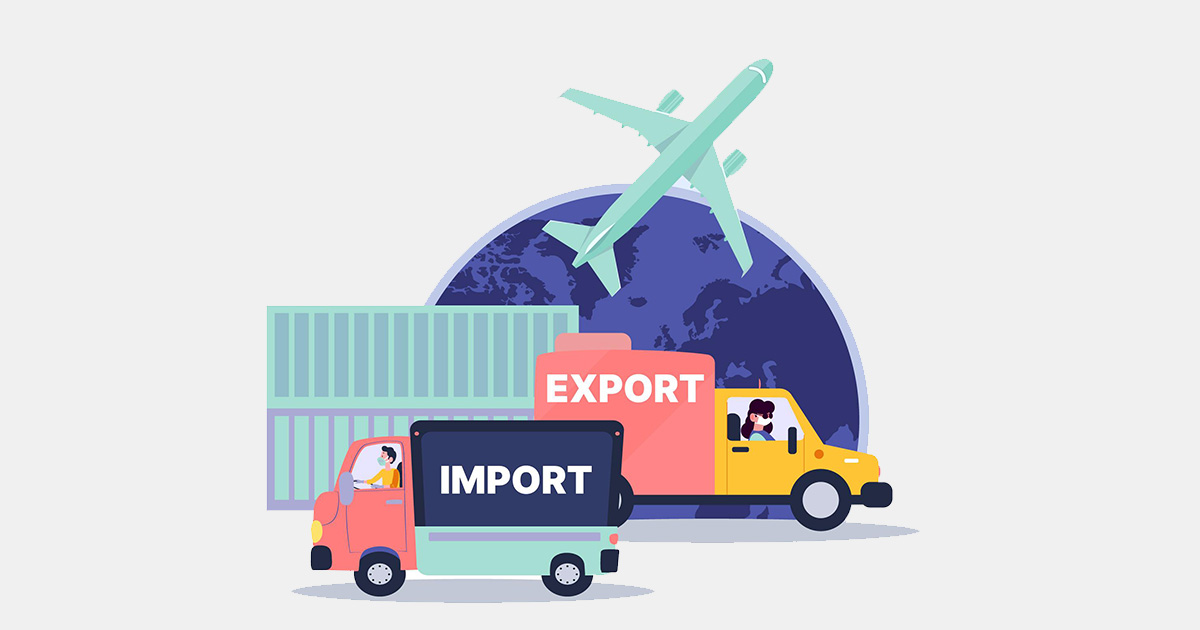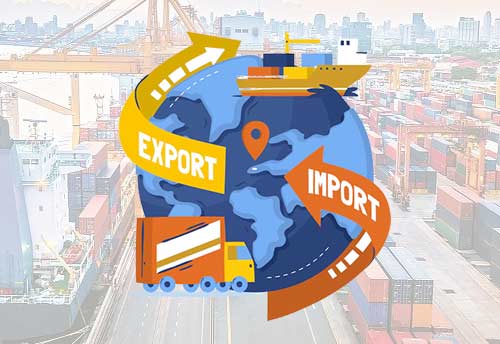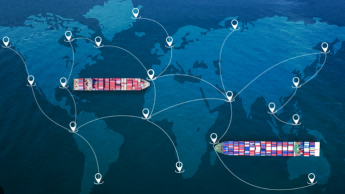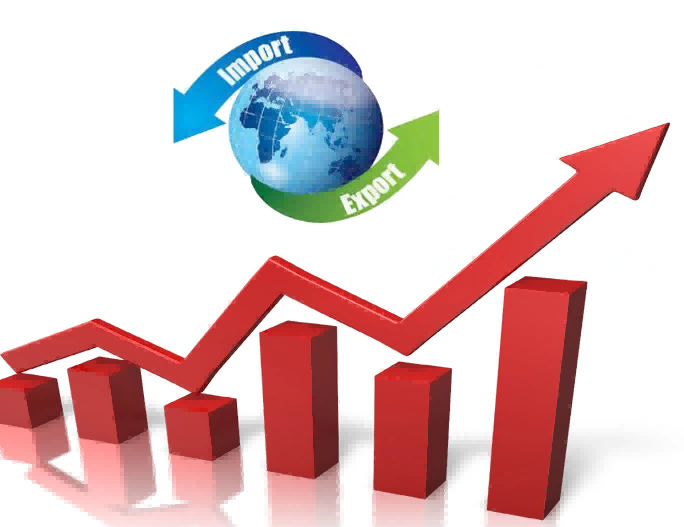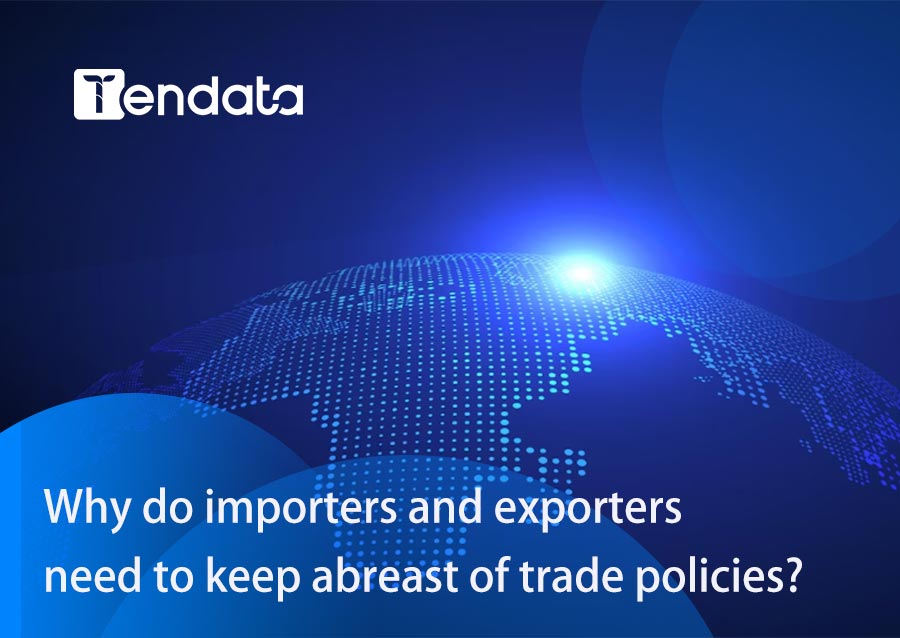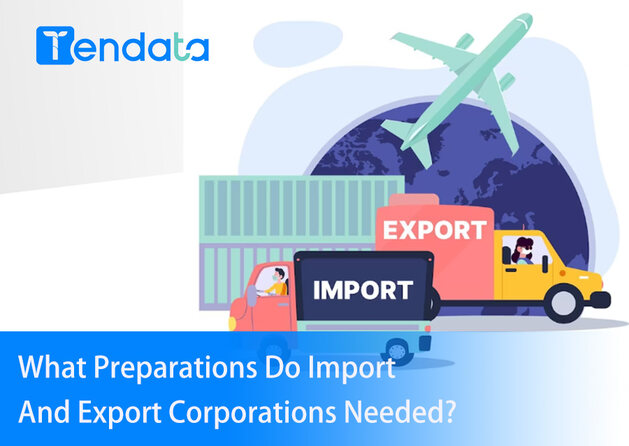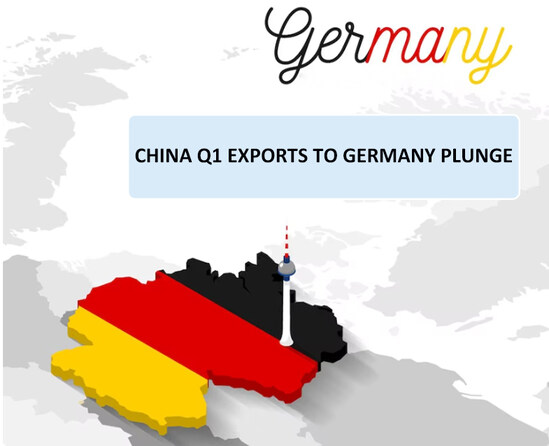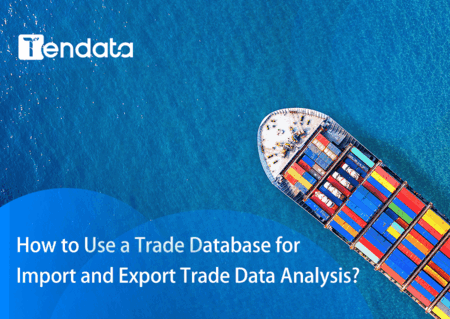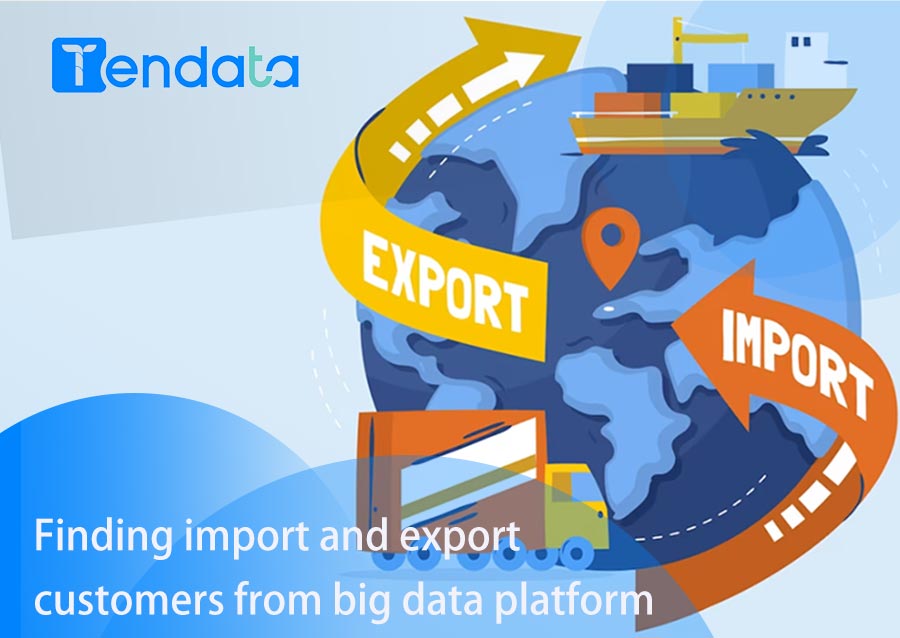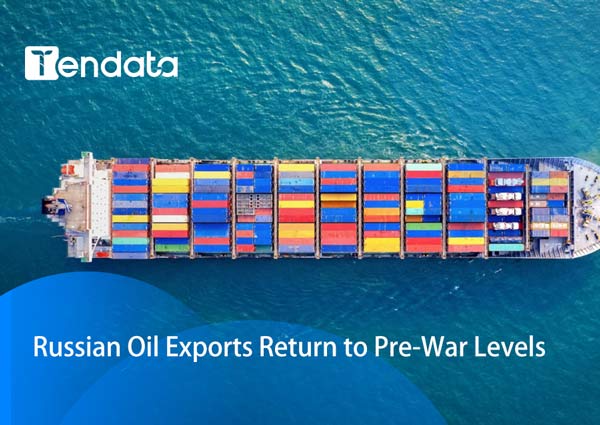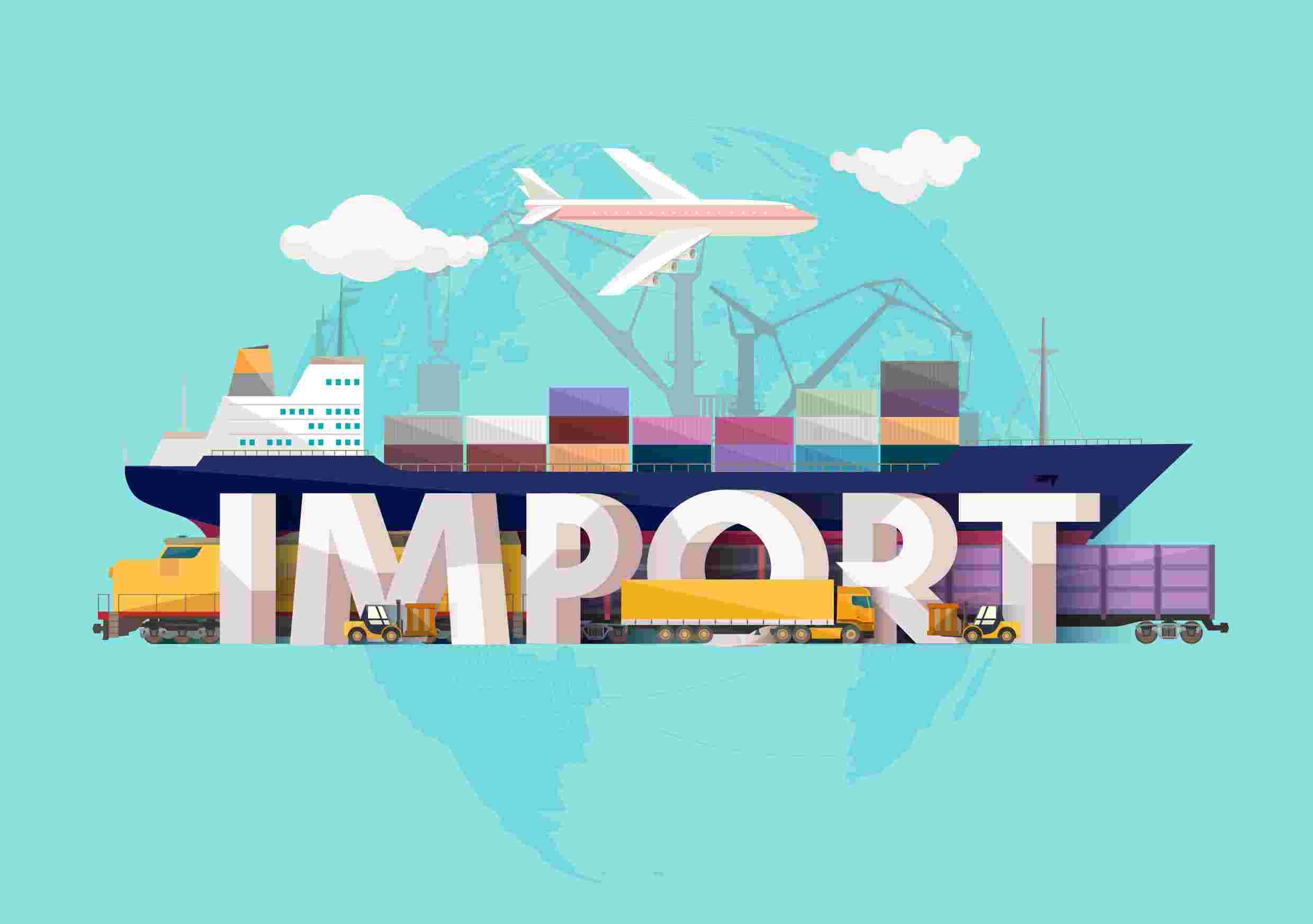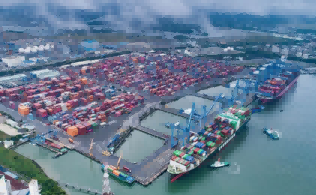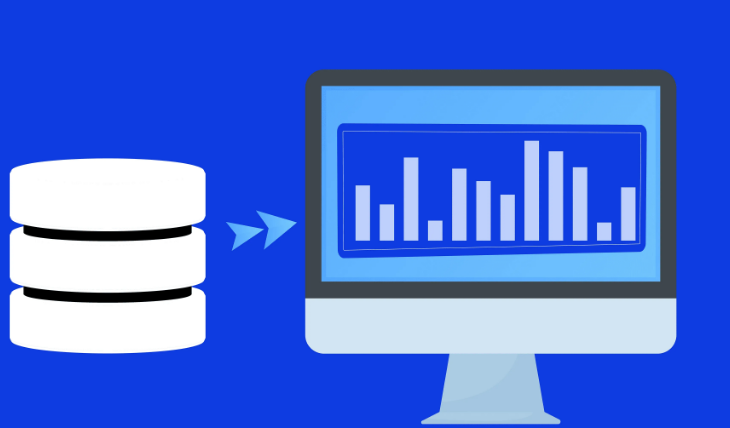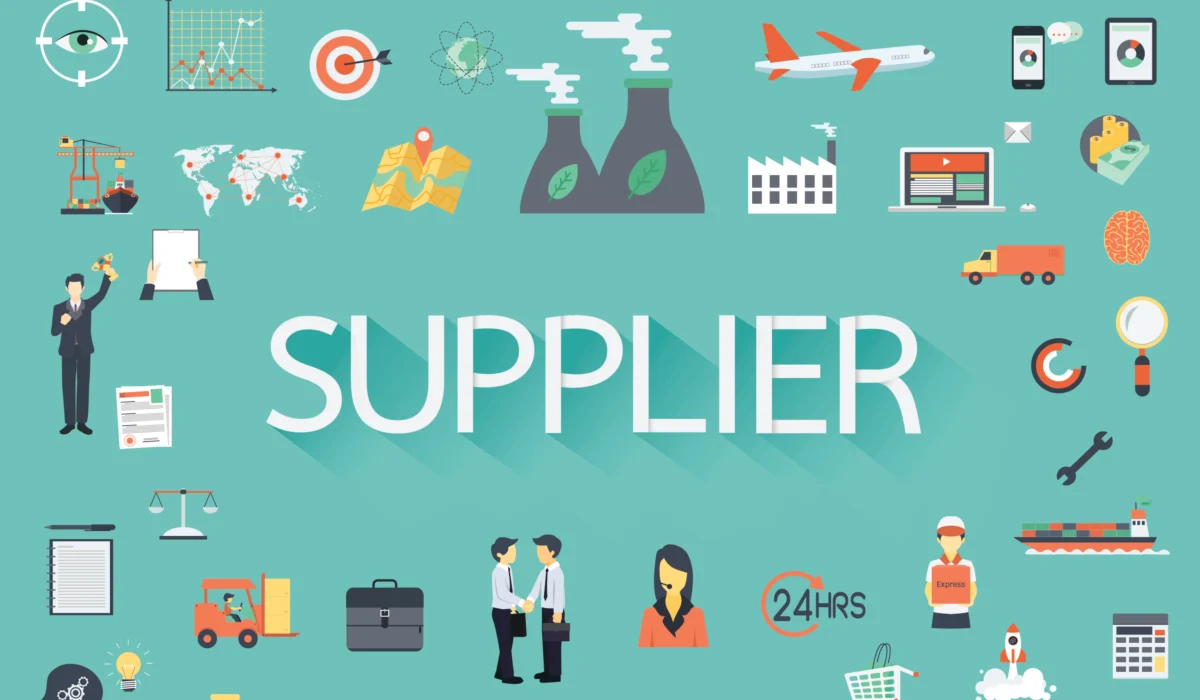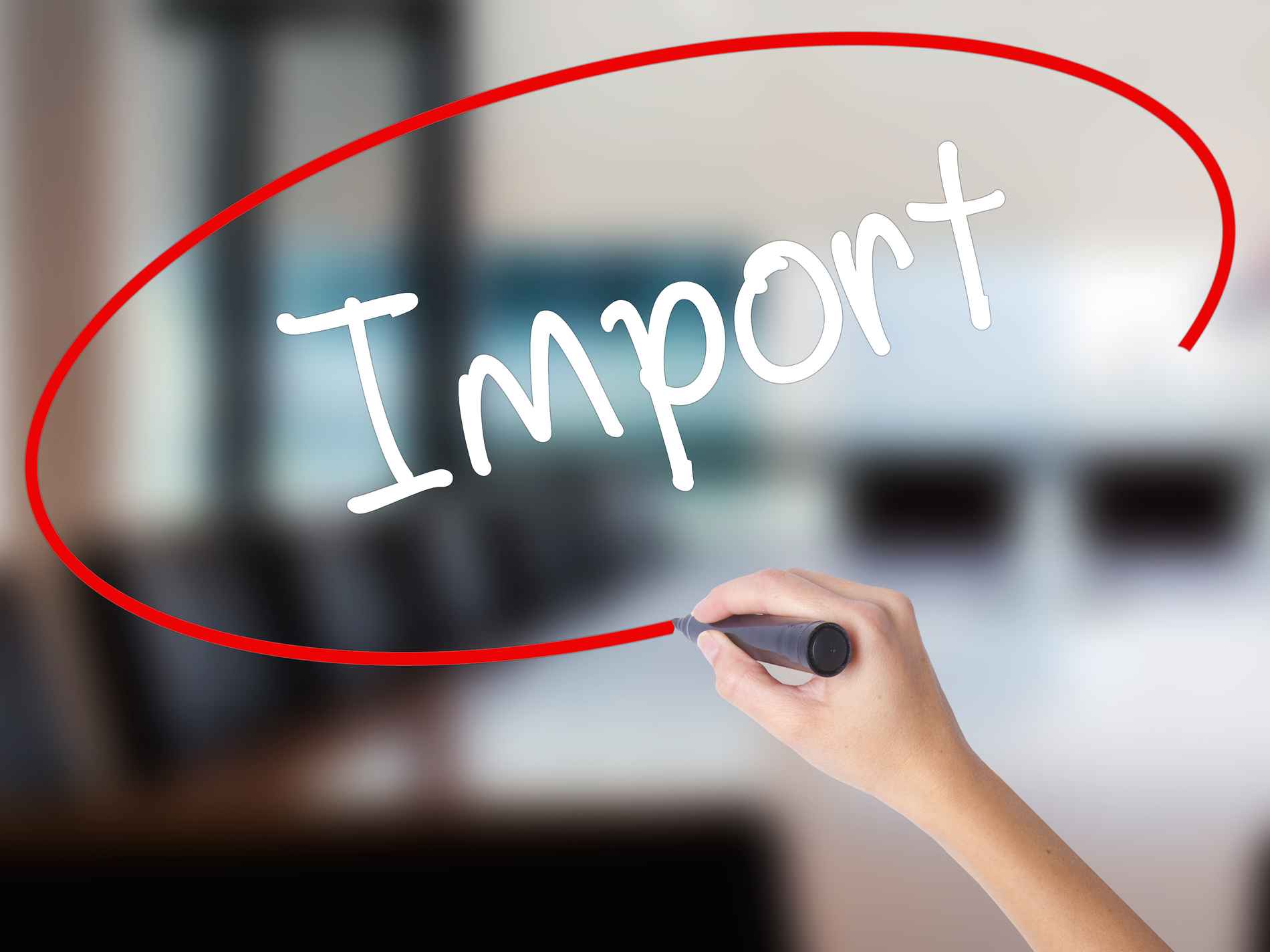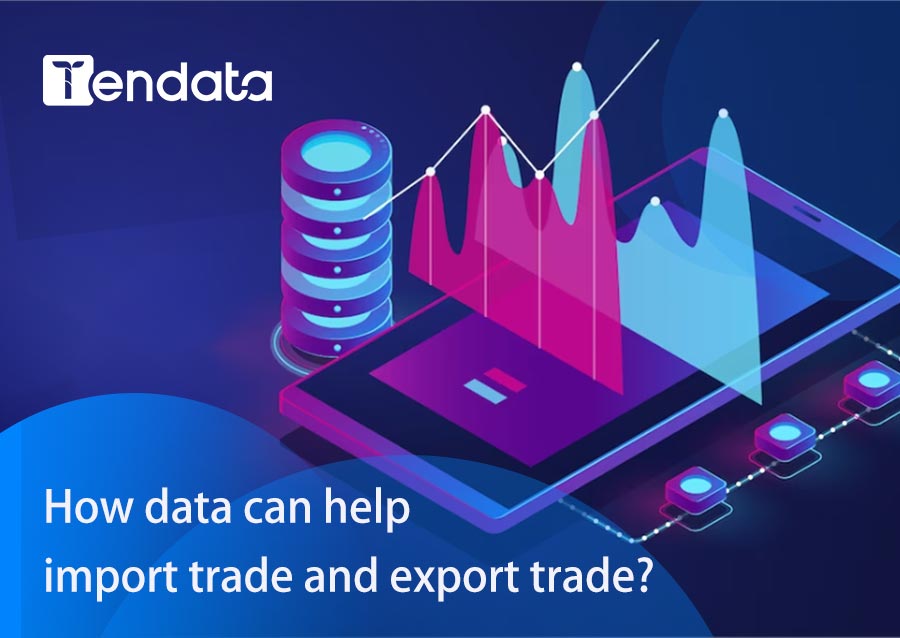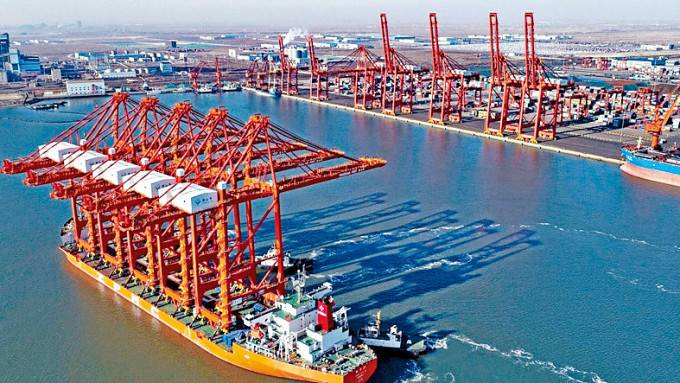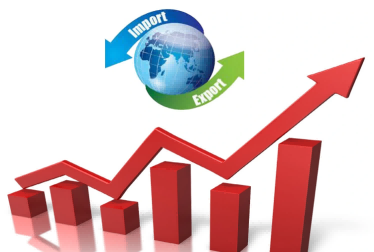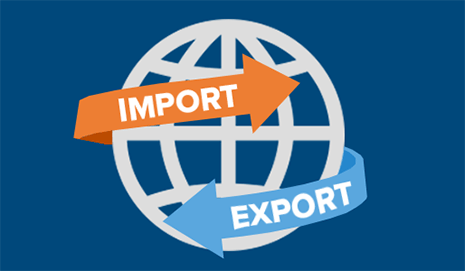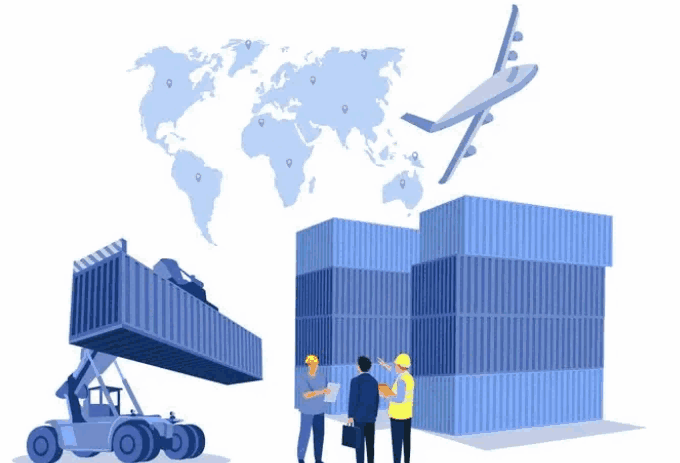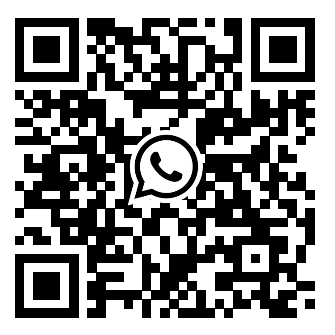 Trade Data Provider
Trade Data Provider
 2025-05-26
2025-05-26
Anyone in the import/export business knows how hard it is to develop new clients. Trade shows, B2B platforms, Google searches—you've tried them all. Either the costs are sky-high, or the clients never reply. Don't worry! Today, we're diving into a zero-cost, highly precise client-sourcing weapon: trade data.

Part 1: 20 Free Trade Data Platforms (Global Resources)
Below is a list of global free trade data platforms, including both official and third-party sources:
1. General Administration of Customs China: http://www.customs.gov.cn
The authoritative source for China's import/export statistics and regulations. Filter data by product, region, and time.
2. Global Trade Data Search: www.tendata.com
Covers import/export data from 228 countries. Instantly search major trade flows, client distribution, and product trends.
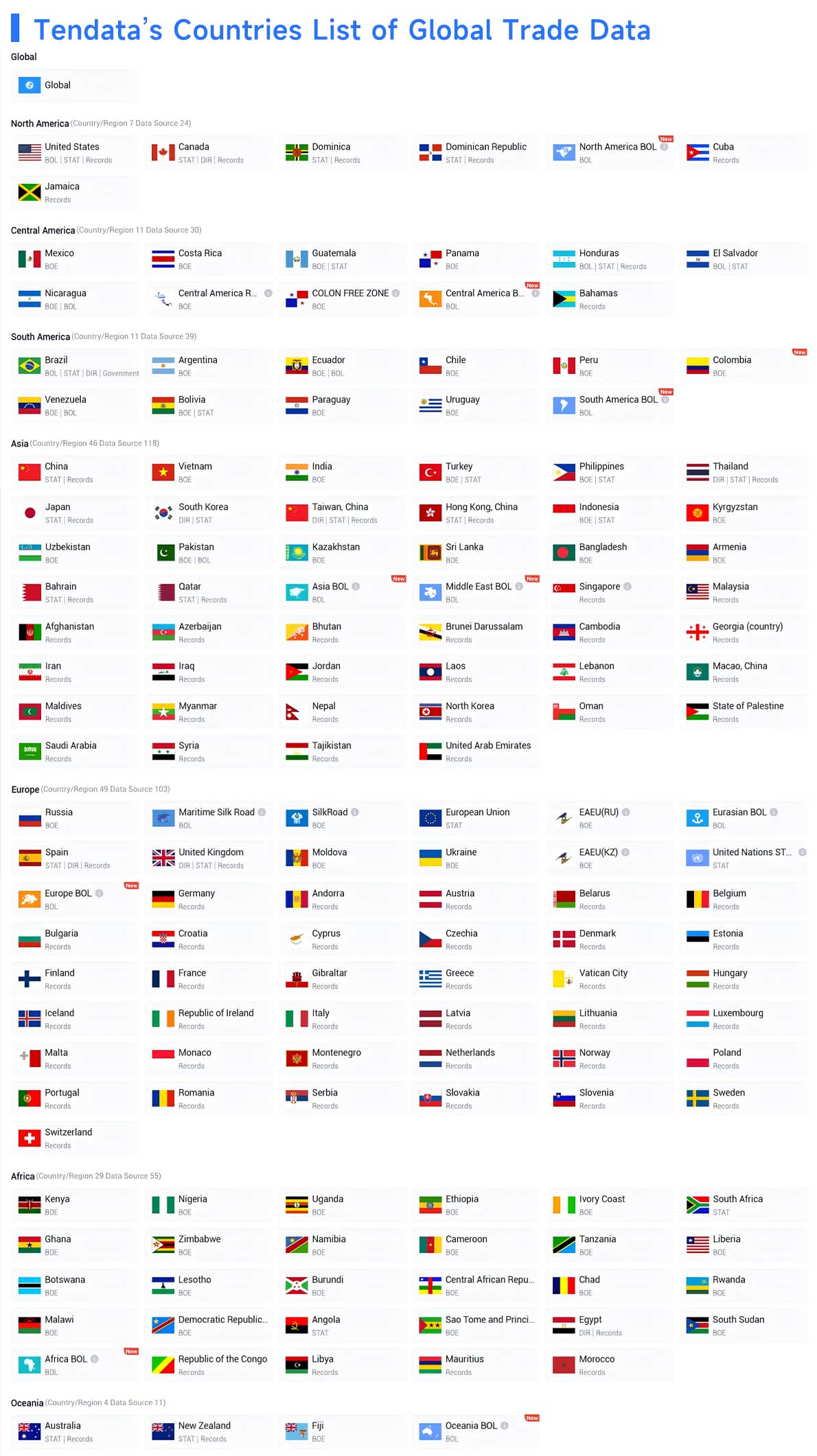
3.China International Trade Single Window: https://www.singlewindow.cn
A comprehensive platform offering customs declarations, tariff info, and real-time trade updates.
4. UN Comtrade Database: https://comtradeplus.un.org
Covers over 200 countries' trade data. Query by HS code for export/import volume and value—ideal for macro trend analysis.
5. U.S. Customs and Border Protection: https://www.cbp.gov
Access U.S. importer directories and product classification data. Useful for filtering by industry.
6. EU Trade Database (Eurostat): https://ec.europa.eu/eurostat
Aggregated import/export data from EU member states, with built-in data visualization.
7. ASEAN Statistics Portal: https://www.aseanstats.org
Comprehensive stats on economy, society, and trade across 10 ASEAN countries.
8. Indonesia Customs: http://www.beacukai.go.id
Check Indonesia's trade records—ideal for exploring Southeast Asia.
9.Mexico Tax Administration Service: http://www.sat.gob.mx
Key Latin American source for identifying Mexican importers.
10.Korea Customs Service: http://www.customs.go.kr
Offers Korean trade stats and enterprise directories with clear categorization.
11.Japan Customs Association: http://www.customs.go.jp
Export/import data with English support.
12.German Customs: http://www.zoll.de
Core European data source. Find German importers and track product flow.
13.ImportGenius: https://www.importgenius.com
A well-known global platform. Some U.S. importer data is available for free.
14.Panjiva: https://panjiva.com
View company trade profiles. Free version includes partial supplier data.
15.TradeMap: https://www.trademap.org
Free trade data tool for SMEs; supports global market analysis.
16.Australian Customs: http://www.customs.gov.au
Oceania region data, including trade volumes and regulations.
17.Vietnam Customs: http://www.customs.gov.vn
Emerging Southeast Asian market—ideal for labor-intensive product research.
18.Russia Customs: http://eng.customs.ru
Covers Eastern Europe and Central Asia. Reliable but slower data updates.
19.Brazil Ministry of Development, Industry & Trade: http://www.mdic.gov.br
Largest economy in Latin America—data in Portuguese.
20.Canada Border Services Agency: https://www.cbsa-asfc.gc.ca
A supplementary source for the North American market. Find importers and product details.
Part 2: Can Free Trade Data Be Trusted?
·Advantages:
Authoritative Sources: Platforms like GACC and UN Comtrade offer reliable data.
Great for Macro Analysis: Ideal for studying industry trends, competitors, and market size.
·Limitations:
Incomplete Information: Free versions often lack direct contact details—manual digging is needed.
Delayed Updates: Some sources have 3–6 month lags.
High Learning Curve: Requires familiarity with HS codes, multilingual searching, and data cleaning.
Conclusion: Free tools are great for initial market research but for in-depth client development, combine them with paid tools or manual verification.
Part 3: Case Study — How to Find Solar Panel Buyers in 3 Steps
Step 1: Identify Target Markets and HS Code
Based on trade data, the U.S., Germany, and the Netherlands are top importers of solar panels.
Common HS Code: 854140 (Photovoltaic Modules) for precise filtering.
>> Get A Free Demo <<
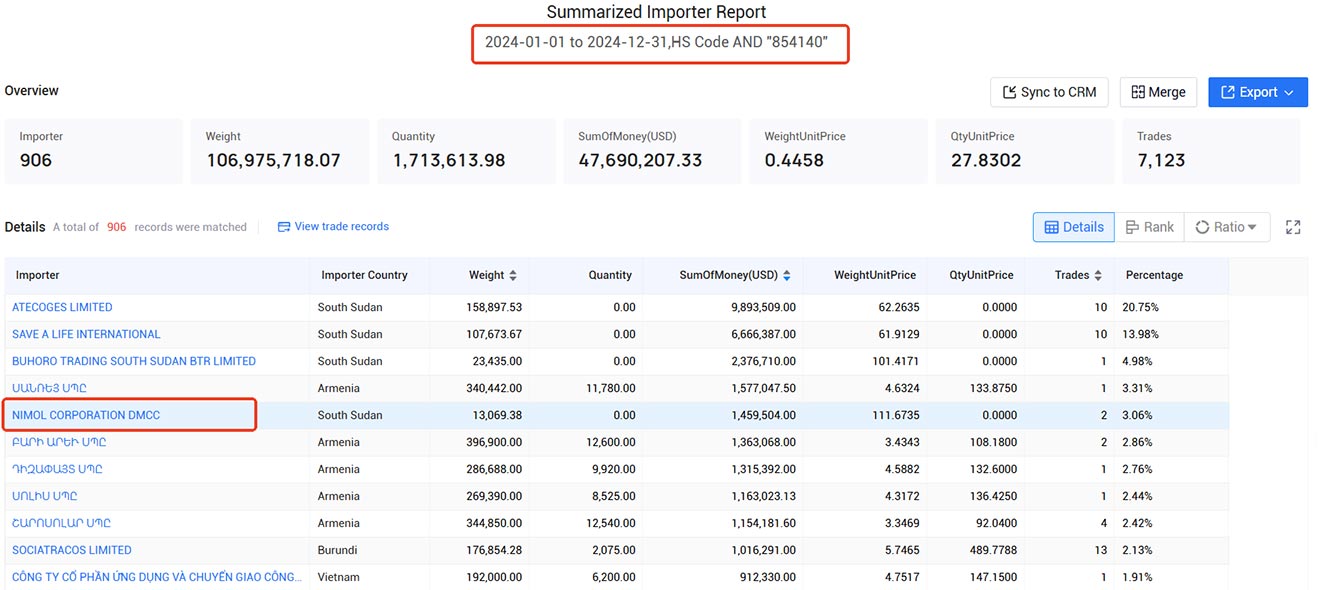
Step 2: Use Data Platforms to Identify Buyers
Go to Tendata, enter HS Code 854140, and filter by 2024 import records.
Export a list of importers (e.g., NIMOL CORPORATION DMCC) and note their purchase volumes and frequency.

Analyze the company's supply chain in Tendata and identify its suppliers.
Step 3: Multi-Channel Outreach
Use Tendata to find the company's executive contact info: phone, email, LinkedIn.

Reach out on LinkedIn with a personalized collaboration message or call directly.
Boost credibility by referencing their recent purchase records.
Send weekly reports and price trend updates to stay top-of-mind.
Category
Leave Message for Demo Request or Questions


 T-info
T-info T-discovery
T-discovery

 My
Tendata
My
Tendata Market Analysis
Market Analysis Customer
Development
Customer
Development Competitor
Monitoring
Competitor
Monitoring Customer Relationship
Customer Relationship